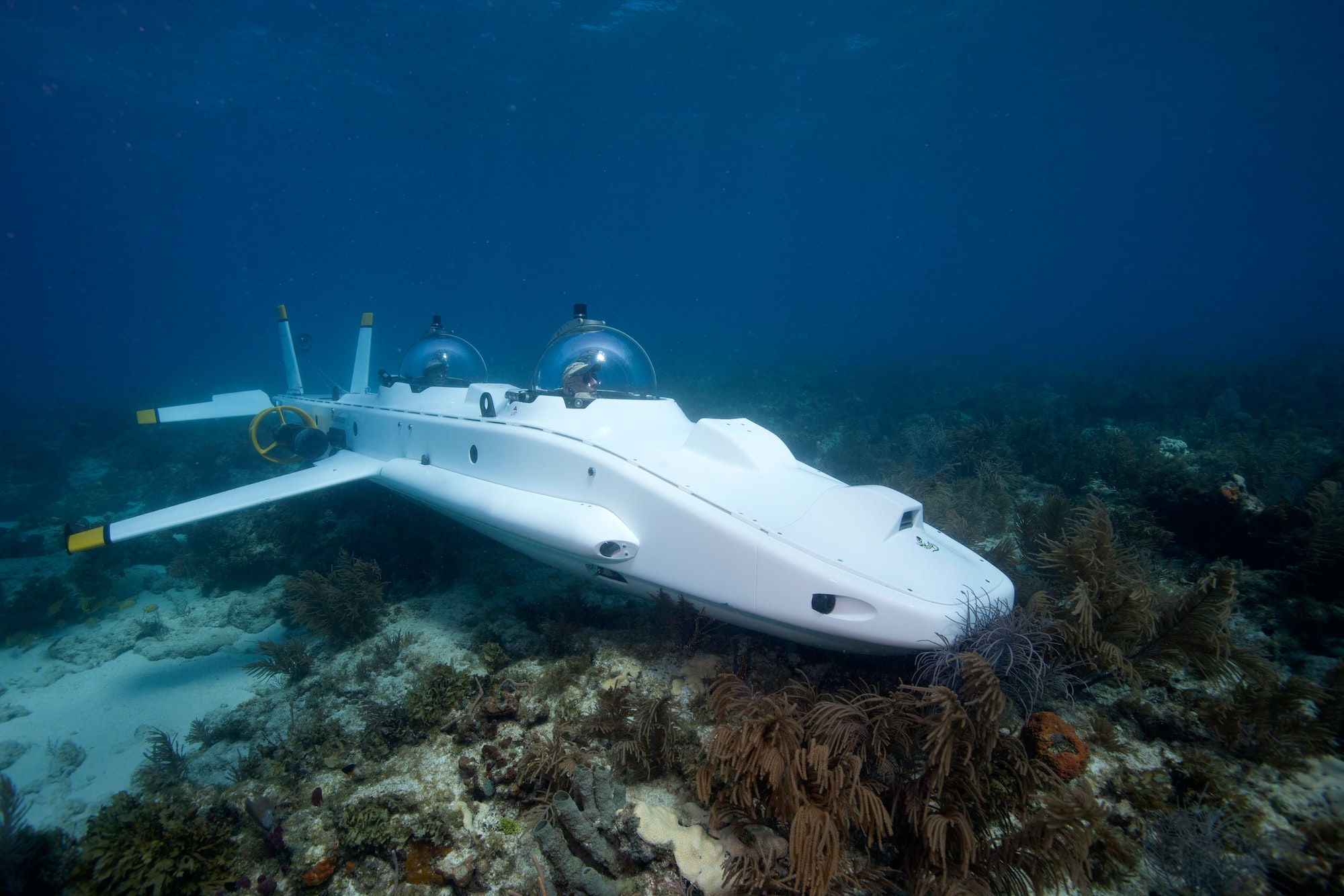Our oceans are facing big problems like high water levels, too much plastic waste, and too many fish being caught. But we have new tools that can help! One of these tools is the Internet of Underwater Things (IoUT), which is like a team of underwater robots and sensors that can talk to each other. This underwater tech can help us protect and learn more about our oceans.

Discovering the Ocean’s Secrets
Oceans are huge – they cover about 70% of Earth. But, did you know we haven’t explored most of it? We’ve explored more of space than our own oceans. But now, we can use underwater tech to learn about the hidden parts of the sea!
Watching Over the Oceans
This underwater tech can do some cool things. For example, scientists can tag seals with special devices. These tags send back information about the water, which can help us understand what’s happening in the ocean. We can also use this tech to protect old sunken ships from trespassers. By using all these underwater devices, we can learn a lot more about the sea and figure out how to take care of it.

The Ocean Internet: What Can It Do?
The IoUT is like a bunch of underwater tools that can talk to each other. With it, divers working underwater can send messages to people on land. They can ask for help or tools, which makes their job safer and quicker. Scientists can use devices at the bottom of the sea to check water quality without having to dive down there. Also, we can protect special underwater places with tech that alerts us if anyone gets too close.
Tech for More Than Just Protection
Underwater tech isn’t just for protecting the ocean. We can also use it for things like farming or digging for resources underwater. But we must remember to use this technology wisely, so we don’t harm the oceans.
Teaming Up for a Brighter Future
Different projects, like TEUTA and NAUTILOS, are working together to make this technology even better. These projects, funded by the European Union, are using sensors to collect loads of important information about the oceans. This info helps us understand how the oceans are changing and what we can do to protect them.

Conclusion
Underwater tech is a cool way to help our oceans. It can help us learn more about the deep blue sea, keep special places safe, and figure out how to take care of our oceans better. By working together and using this tech wisely, we can make sure the oceans stay healthy and beautiful for a long, long time.
FAQ
1. What is the Internet of Underwater Things (IoUT)?
The Internet of Underwater Things (IoUT) is like the internet, but for the ocean! It’s a team of underwater robots and sensors that can talk to each other. It can help us learn more about our oceans and protect them.
2. Why haven’t we explored much of the oceans yet?
Exploring the oceans is tricky. The water is very deep, it’s very dark down there, and the pressure is much greater than on land. But now, we’re using underwater technology like IoUT to explore more of the hidden parts of the sea.
3. How can underwater technology help protect the oceans?
Underwater tech can do cool things like tagging seals with special devices that send back information about the water. This helps us understand what’s happening in the ocean. We can also use this tech to protect old sunken ships from trespassers.
4. How can the IoUT help divers?
With IoUT, divers can send messages to people on land. They can ask for help or tools, which makes their job safer and quicker.
5. Can we use this technology for things other than protection?
Yes, we can! We can use it for things like underwater farming or digging for resources underwater. But we need to use this technology wisely, so we don’t harm the oceans.
6. What are some projects that are working to improve underwater technology?
There are different projects, like TEUTA and NAUTILOS, that are working together to make underwater technology even better. They’re using sensors to collect lots of important information about the oceans to help us understand how to protect them.


